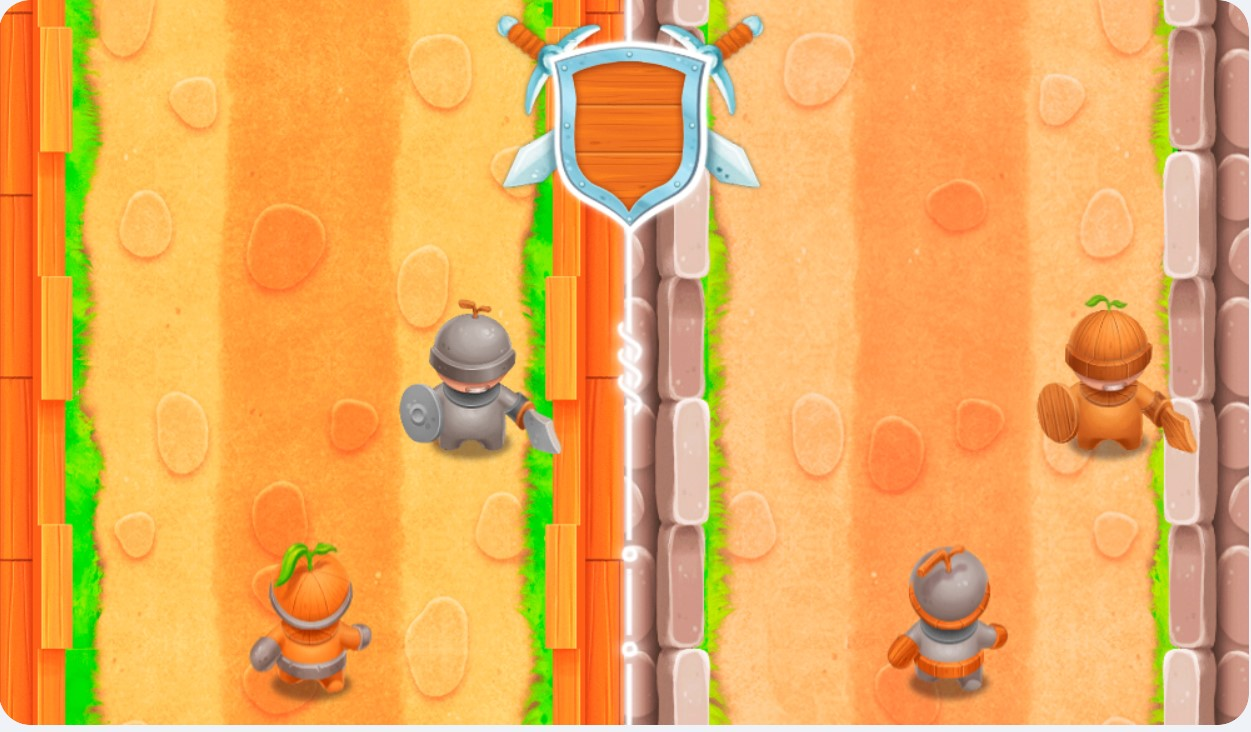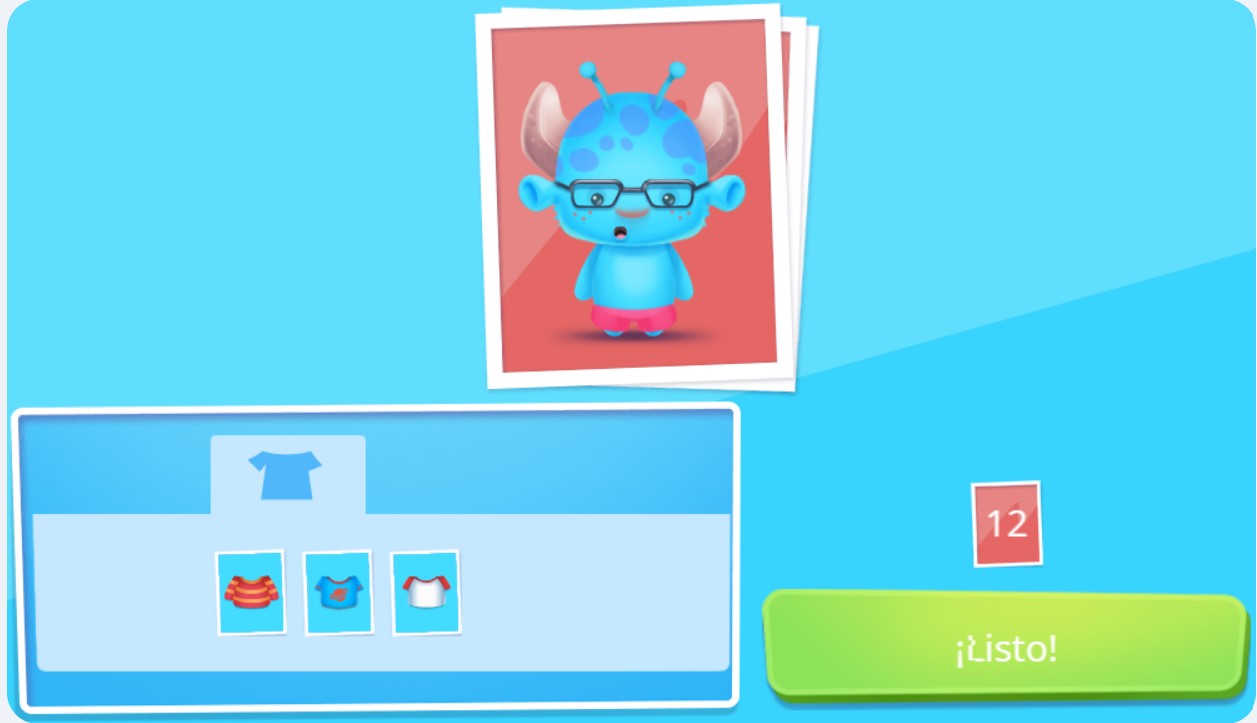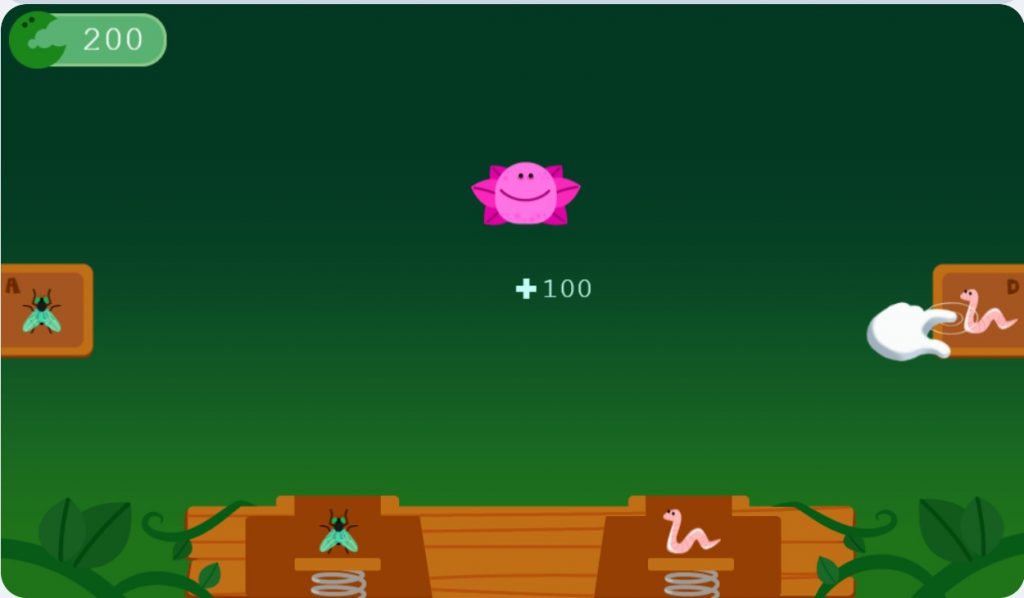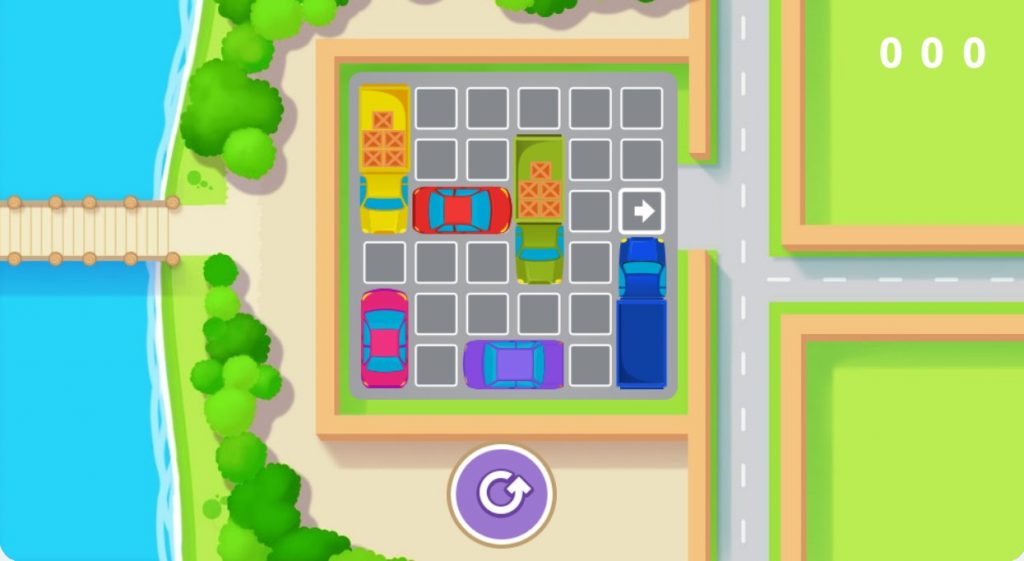In this post we will see the importance of SmartickBrain educational games to exercise executive functions. In addition, we will explain the relationship between these functions and learning.
Index
Educational Games on SmartickBrain
Smartick Brain is a cognitive training program created to support the development of executive functions in children from 4 to 14 years old. Executive functions constitute the set of mental processes necessary for intentional and goal-directed activity. These include: inhibition, interference control, working memory and cognitive flexibility. In addition, from these executive functions, higher order executive functions such as reasoning, problem solving and planning are built (Diamond, 2013).
We all use these executive functions in daily life. In fact, these processes are fundamental to learning and working. They allow us to take the time to think before we act, face unforeseen challenges, resist temptations and stay focused on one or more tasks.
Educational Games to Train Attention
When it comes to studying and learning, one of the most important ingredients is attention. In fact, we cannot understand, learn or remember if we do not first pay attention. Let’s look at some practical examples.
Good attention skills are essential at school when you have to pay attention to the teacher’s explanation. In this case children must pay attention for long periods of time (sustained attention) and at the same time try to avoid distractions from the environment (selective attention). In most cases students have to pay attention to what the teacher says, but at the same time pay attention also to the blackboard and the textbook and in this case they use divided attention and alternating attention.
Some children have problems maintaining an adequate level of attention and this makes the learning process challenging for them.
Double Assault
Double assault is a Smartick Brain game designed to train sustained attention and divided attention. The objective is to help two warriors reach the castle while avoiding obstacles. Children have to control for the duration of the game (sustained attention) both the movements of one warrior with the left hand and the movements of the other warrior with the right hand (divided attention).

Educational Games for Memory Training
Memory is the brain’s ability to retain information and subsequently retrieve this knowledge. In SmartickBrain there are several educational games for children to exercise their memory.
Remember Me
An avatar appears on the screen for a few seconds. The children must observe it and remember as many details as possible. On the second screen the same avatar appears, but something is missing. They have to find out what is missing to make it look like it did before.
What kind of memory do we train with Remember me? With this game we train visual memory, that is, the ability to store and retrieve previously presented visual information. In addition, unlike other games included in Smartick Brain, Remember me is a visual memory game with social content.

Hologram
Another memory game is Hologram. Hologram is a prototypical cognitive memory training game. Similar tasks have been used since the 1970s to investigate visuospatial memory abilities. There is an initial 3×3 matrix and some of the squares light up white for a short time. The child has to recall which squares had lit up and click on the empty squares to form the memorized sequence. As the levels go by, the matrix gets bigger, so the task becomes more complex.

Educational Games for Exercising Cognitive Flexibility
Cognitive flexibility is one of the main executive functions and allows us to adapt our behavior to the situation, so that we can achieve the best results. In what situations is cognitive flexibility involved?
- When we need to change perspectives from a spatial point of view (“What would this look like if I saw it from a different direction?”) or from an interpersonal point of view (e.g., “Let me see if I can see this from your point of view”).
- When we need to change our way of thinking in order to solve a task. For example, if one way of solving a problem doesn’t work, can we think of a new way to approach the same problem?”
Flexible thinking is key to creativity, that is, the ability to think of new ideas, make new connections between ideas, and make new inventions.
Feed Me
Feed me is one of SmartickBrain’s educational flexibility games. There are carnivorous plants of different types: green, pink, with open mouth or with closed mouth. Some of these plants want to eat worms and others want to eat flies. Players must remember what each plant wants and give it the right food. But be careful! Because plants change their minds frequently, and, for example, if the green plant wanted to eat worms before, it might now want to eat flies. Children will need all their cognitive flexibility to meet the needs of these capricious plants.

Educational Games to Train Reasoning
In the field of mathematics and science, it has been seen how reasoning, and in particular visuospatial reasoning, plays an important role (Young et al. 2018). This means that children with good visuospatial reasoning abilities have an easier time in the development of their mathematical skills.
On the other hand, in reading comprehension, good reasoning abilities are necessary to be able to make inferences, integrate information and understand well the texts read (Segers & Verhoeven, 2016).
Rush Hour
One of the educational games in which we work on reasoning is Rush Hour. Requires reasoning and spatial organization (planning) skills to get a car out of a parking lot. The less movement you make, the higher your score. This activity requires planning to reach a correct solution to the problem.

References:
- Diamond, A. (2013). Executive functions. Annual Review of Psychology, 64, 135–68.
- Young, C. J., Levine, S. C., & Mix, K. S. (2018). The connection between spatial and mathematical ability across development. Frontiers in psychology, 9, 755.
- Segers, E., & Verhoeven, L. (2016). How logical reasoning mediates the relation between lexical quality and reading comprehension. Reading and Writing, 29(4), 577-590.
As you have seen, in SmartickBrain we have a multitude of educational games, these are just a few examples of all that exist. If you want to train your executive functions and learn much more, register at Smartick and try it for free.
Learn More:
- Cognitive Flexibility Games with SmartickBrain
- Lost Objects: The New SmartickBrain Game to Train Attention
- Searching for Fun Activities for Your Kids This Summer?
- Cognitive Flexibility: Benefits and Training with Smartick Brain Games
- Reasoning Games to Improve Mathematics







